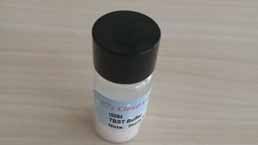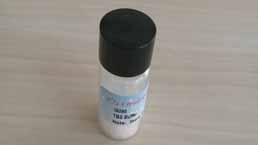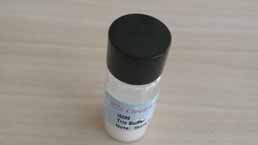Polyclonal Antibody to Salusin Alpha (SALa) 

Overview
Properties
- Product No.PAB892Hu01
- Organism SpeciesHomo sapiens (Human) Same name, Different species.
- ApplicationsWB; IHC; ICC; IP.
If the antibody is used in flow cytometry, please check FCM antibodies.
Research use only - DownloadInstruction Manual
- CategoryInfection immunityEndocrinologyCardiovascular biologyNeuro science
- SourcePolyclonal antibody preparation, Host Rabbit
- Ig Type IgG, Potency n/a
- PurificationAntigen-specific affinity chromatography followed by Protein A affinity chromatography
- LabelNone
- Immunogen CPB892Hu21-OVA Conjugated Salusin Alpha (SALa)
- Buffer Formulation0.01M PBS, pH7.4, containing 0.05% Proclin-300, 50% glycerol.
- TraitsLiquid, Concentration 500µg/mL
Sign into your account
Share a new citation as an author
Upload your experimental result
Review

Contact us
Please fill in the blank.
Specifity
The antibody is a rabbit polyclonal antibody raised against SALa. It has been selected for its ability to recognize SALa in immunohistochemical staining and western blotting.
Usage
Western blotting: 0.5-2µg/mL;1:100-400
Immunohistochemistry: 5-20µg/mL;1:10-40
Immunocytochemistry: 5-20µg/mL;1:10-40
Optimal working dilutions must be determined by end user.
Storage
Store at 4°C for frequent use. Stored at -20°C in a manual defrost freezer for two year without detectable loss of activity. Avoid repeated freeze-thaw cycles.
Stability
The thermal stability is described by the loss rate. The loss rate was determined by accelerated thermal degradation test, that is, incubate the protein at 37°C for 48h, and no obvious degradation and precipitation were observed. The loss rate is less than 5% within the expiration date under appropriate storage condition.
Giveaways
Increment services
Citations
- The bioactive peptides salusins and apelin–36 are produced in human arterial and venous tissues and the changes of their levels during cardiopulmonary bypassPubMed: 22884920
- Presence of adropin, nesfatin-1, apelin-12, ghrelins and salusins peptides in the milk, cheese whey and plasma of dairy cowsScienceDirect: S0196978113000533
- Association of low maternal levels of salusins with gestational diabetes mellitus and with small-for-gestational-age fetuses.PubMed: 23178004
- Salusin-alpha and -beta expression in heart and aorta with and without metabolic syndromePubmed: 23957705
- Concentrations of preptin, salusins and hepcidins in plasma and milk of lactating women with or without gestational diabetes mellitusScienceDirect: S0196978113003100
- Brain, Liver, and Serum Salusin-alpha and-beta Alterations in Sprague-Dawley Rats with or Without Metabolic SyndromePubmed:Pmc4136931
- Is the serum level of salusin-β associated with hypertension and atherosclerosis in the pediatric population?Pubmed:25245503
- Serum salusin-α and salusin-β levels in patients with psoriasisPubMed: 26055619
- Serum salusins levels are increased and correlated positively with cyst size in ovarian endometriomaPubMed: 26008602
- Increased level of Plasma Salusin-α and Salusin-β in patients with Multiple SclerosisPubmed: 30738876
- Salusin-α levels are negatively correlated with diastolic blood pressure in children with obesityPubmed: 31486354
- Salusin-α mitigates diabetic nephropathy via inhibition of the Akt/mTORC1/p70S6K signaling pathway in diabetic ratsPubmed: 31665937
- Salusin-β is superior to salusin-α as a marker for evaluating coronary atherosclerosisPubmed: 32054363
- Targeted Delivery of Salusin©\¦Á into Rabbit Carotid Arterial Endothelium Using SonoVue33818784
- Inhibition of oxidative stress and apoptosis by camel milk mitigates cyclosporine©\induced nephrotoxicity: Targeting Nrf2/HO©\1 and AKT/eNOS/NO pathways34136182













